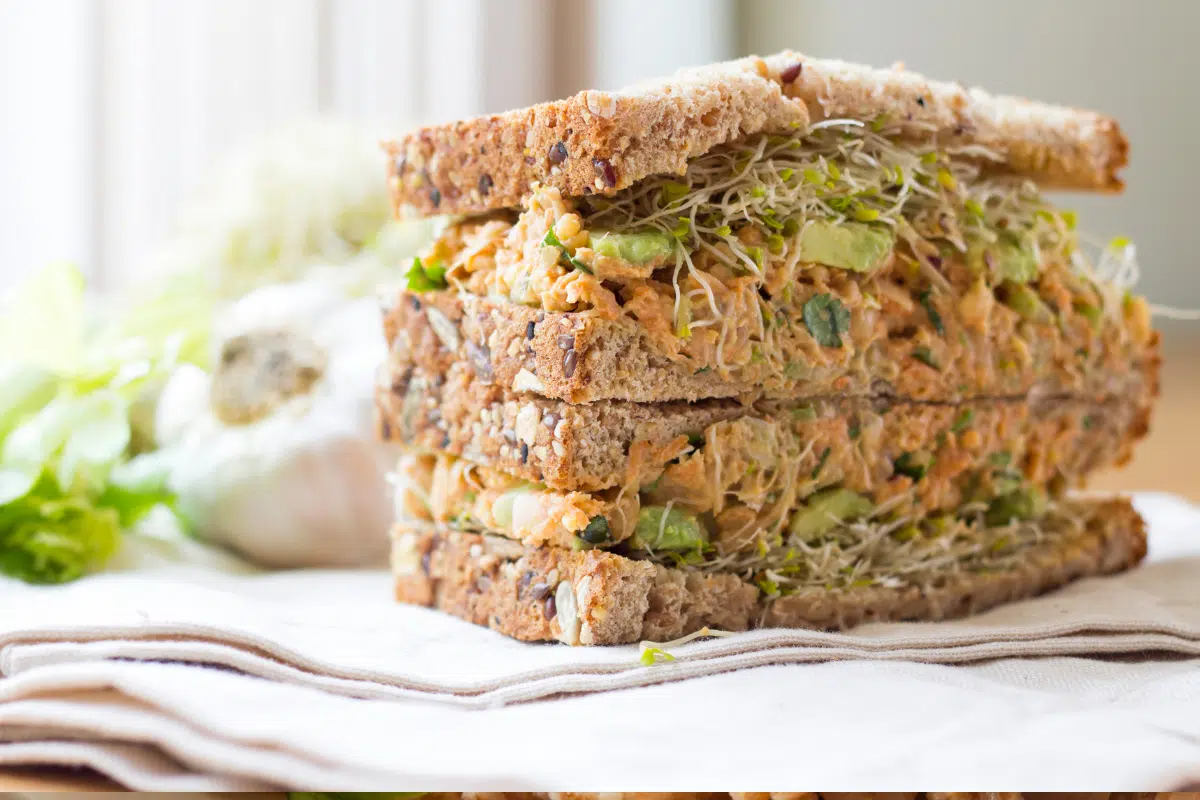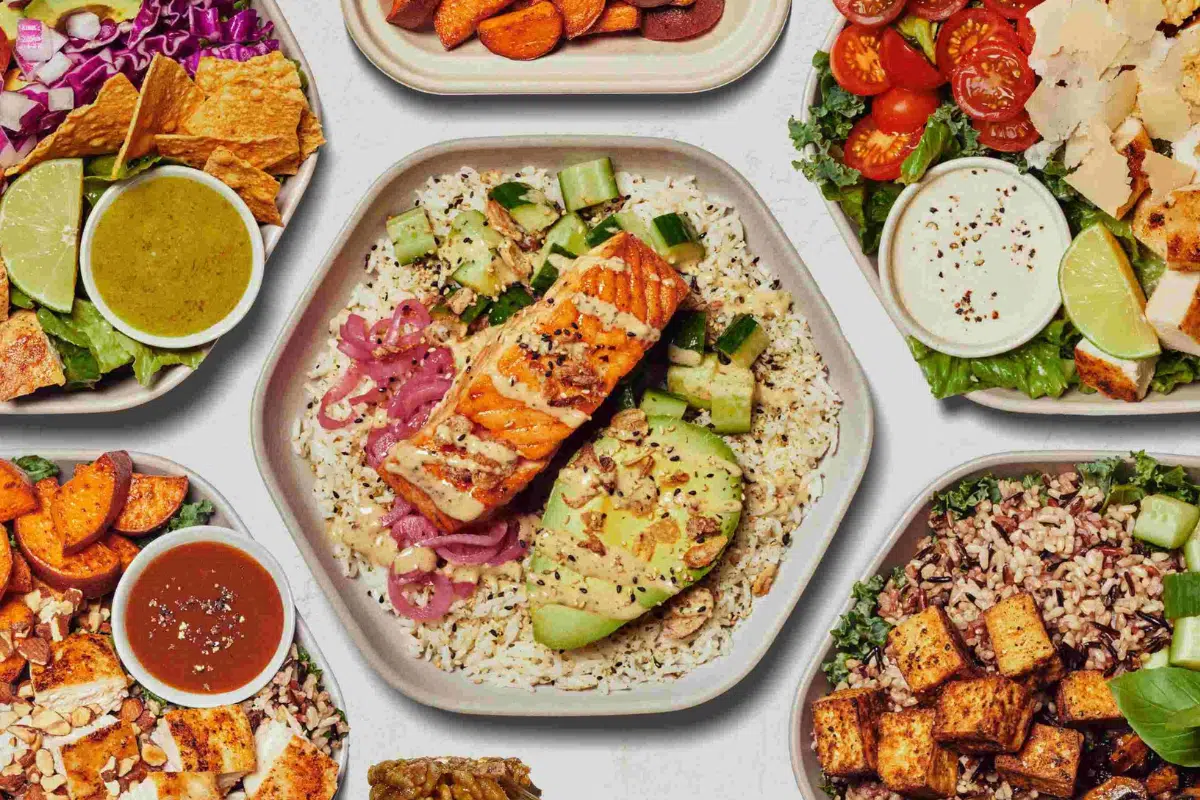How Major Grocery Chains Are Responding to Plant-Based Demand
As more shoppers look for plant‑based foods for health, environment or taste, big grocery chains are stepping up. Here’s how the game is changing — and what it means for your next trip to the store.
Ramp‑Up in Product Assortment

Chains like Whole Foods Market and King Soopers now offer hundreds of plant‑based items—far more than most retailers. These bigger assortments signal that plant‑based isn’t just niche anymore—it’s mainstream.
Placement Matters — Right in the Meat Aisle

Instead of hiding vegan products in a “free‑from/vegan” corner, chains are placing plant‑based meats next to conventional meat. That means more visibility and more chances you’ll give them a try.
For example: if you’re browsing burgers, you’ll now see plant‑based patties right alongside beef.
Private‑Label Strategies Go Plant‑Based
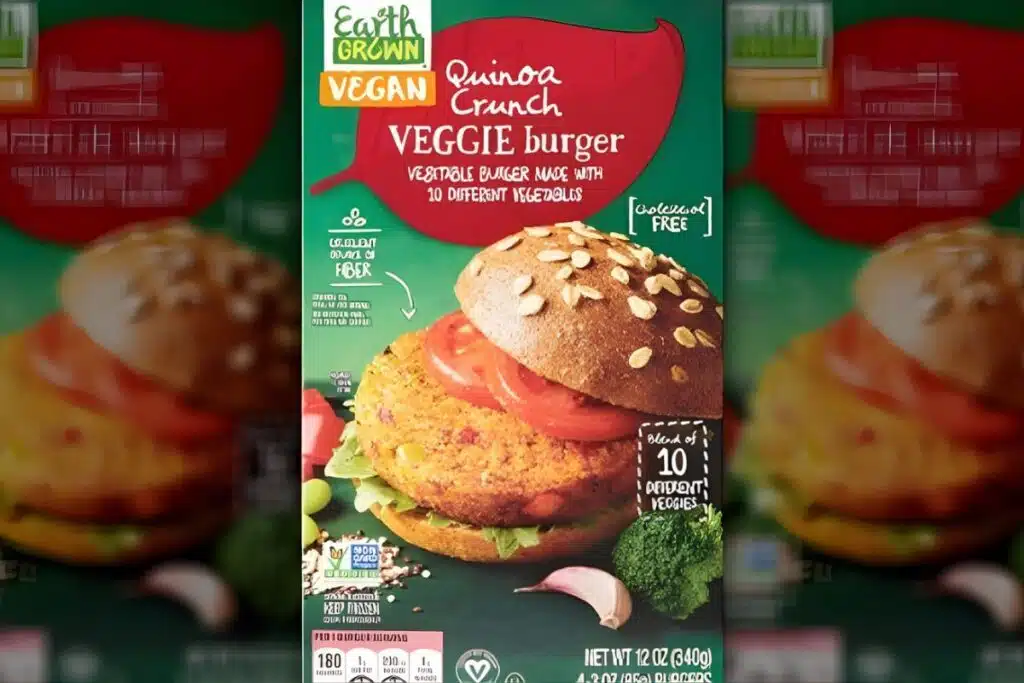
Retailers are launching their own store brands of plant‑based foods—often at better prices and wider distribution. These lower‑cost options help push plant‑based beyond just premium items.
Focus on Sustainability and Consumer Values

Many chains are responding to consumer concerns about climate change and sustainability. For instance, up to ~33% of folks say they increased plant‑based spending because of the environment. That means retailers are aligning their strategies not just with taste or health, but also with ethics and planet‑friendly values.
Expanding to More Categories
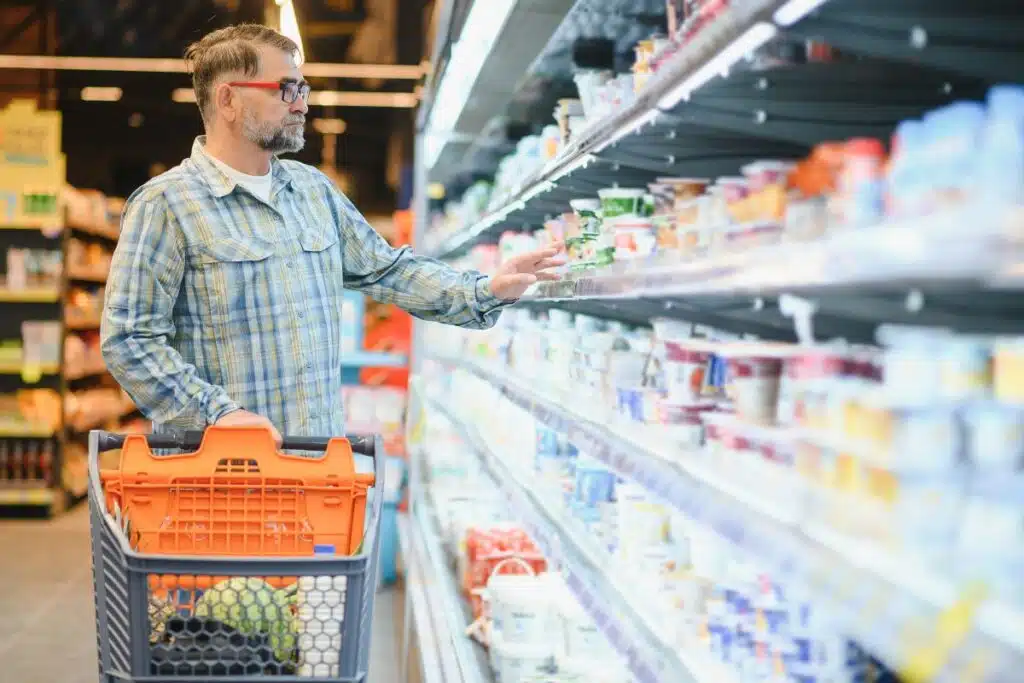
It’s not just burgers and milk anymore. Plant‑based foods now span 30+ grocery categories — eggs, seafood alternatives, iced desserts and more. So even if you’re not looking for meat‑alternatives, you might find plant‑based options in unexpected aisles.
Better Signage & Icons for Easy Discovery
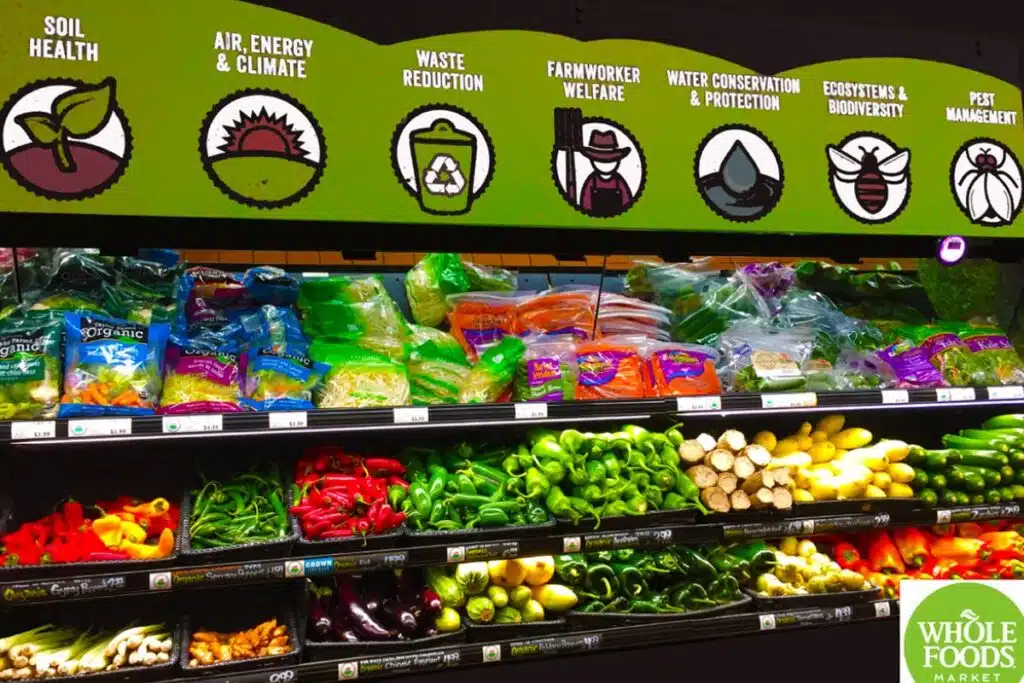
Stores are using tags and icons (e.g., “plant‑based”, “plant‑protein”) and better signage so shoppers can spot these items quickly. That makes the shopping experience smoother—and helps more people find and buy plant‑based options.
Setting Protein Goals & Targets

Some chains have committed to raising the share of plant‑based proteins they offer. For instance, one European chain aims for 60% plant‑based protein by 2030. This shows major strategic planning—not just reactionary product drops.
Catering to Flexitarians and Omnivores

Retailers recognize that the biggest market isn’t just vegans—but people who primarily eat meat, but want alternatives. So they’re designing for “flexitarians.” In other words: plant‑based isn’t a sidebar; it’s becoming part of everyone’s cart.
Online and E‑Commerce Growth

Plant‑based products are growing fast online. Retailers are leveraging e‑commerce to offer more variety and reach more customers. If you shop online, you may find a much wider selection than in‑store.
Merchandising & Education Go Hand in Hand

Beyond placement, some stores educate shoppers—through shelf tags, displays, recipe suggestions—to make plant‑based feel approachable rather than niche. The goal: reduce the “I don’t know what to pick” friction and turn curiosity into purchase.
This post may contain affiliate links or sponsored content. Disclosure Policy

